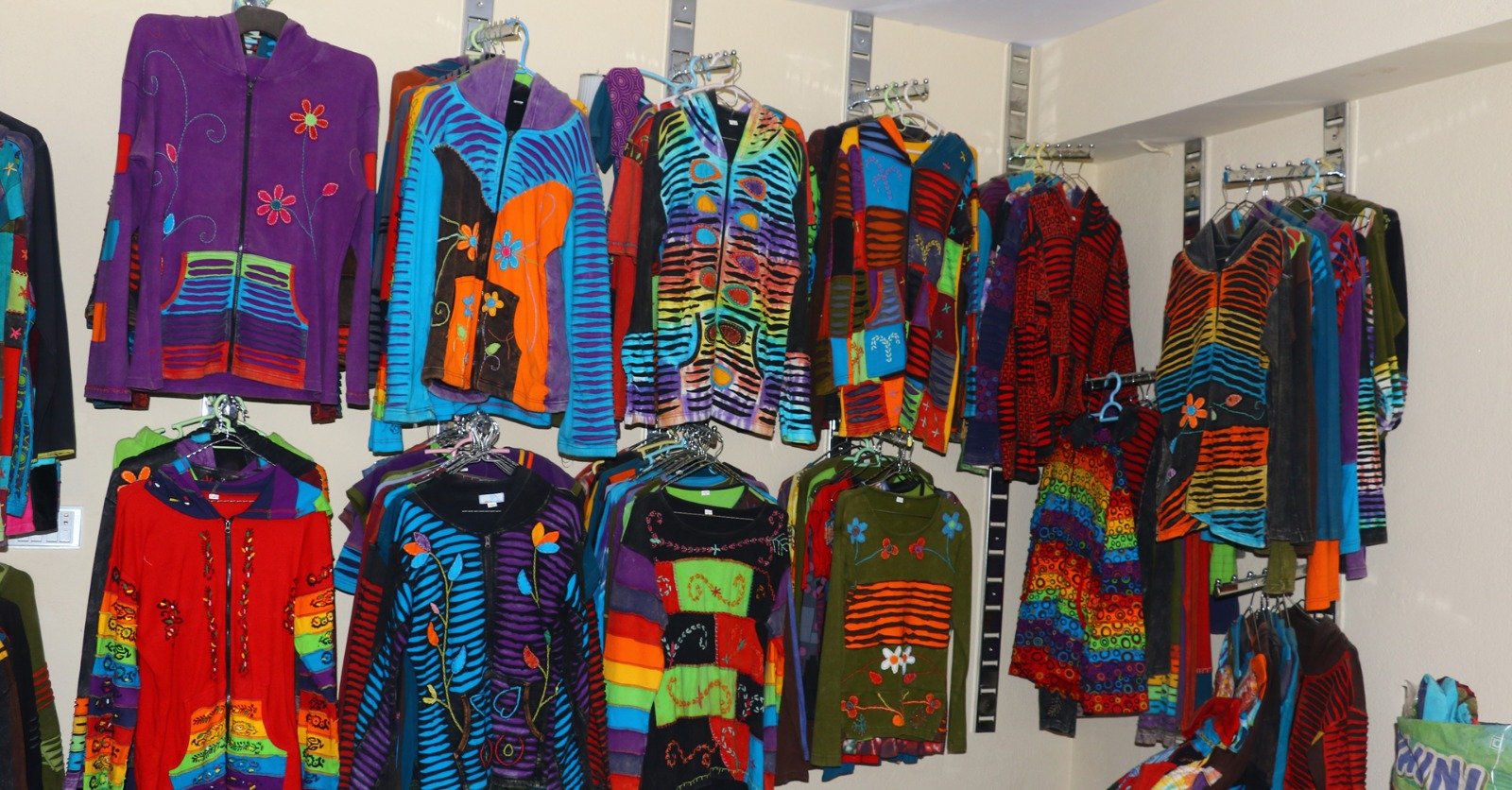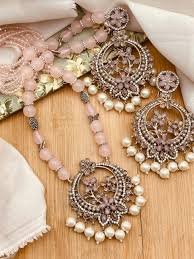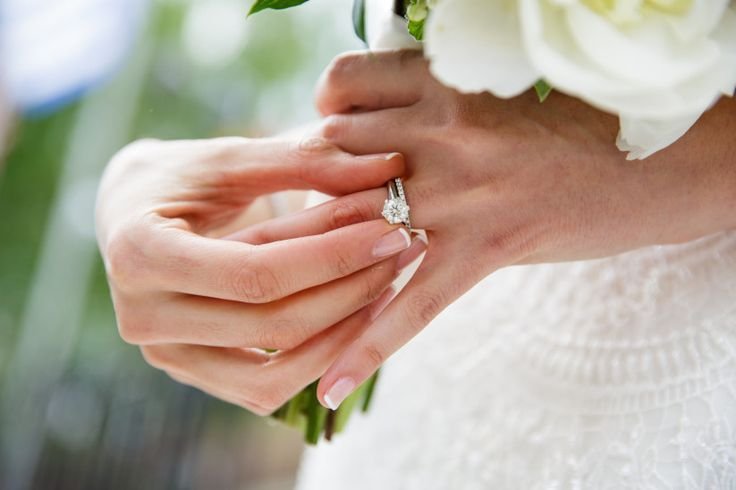The hippie fashion movement, which emerged in the 1960s as a symbol of counterculture and freedom, continues to captivate women’s wardrobes today. Rooted in principles of peace, love, and self-expression, hippie clothing represents more than just a fashion trend—it embodies a lifestyle philosophy that celebrates individuality, comfort, and connection with nature. Modern women are increasingly drawn to this timeless aesthetic for its versatility, comfort, and unique ability to make a personal statement.
The Origins and Philosophy of Hippie Fashion
Hippie fashion originated during the 1960s counterculture movement, when young people began rejecting conventional societal norms, including traditional dress codes. This sartorial rebellion was deeply intertwined with the era’s social and political movements, including civil rights activism, anti-war protests, and the quest for personal freedom. Women’s hippie clothing became a visual manifestation of these ideals, incorporating elements from various cultures, handmade craftsmanship, and natural materials.
The philosophy behind hippie fashion extends beyond mere aesthetics. It emphasizes sustainability through thrift shopping and upcycling, celebrates cultural diversity through global influences, and promotes comfort over conformity. Hippie Clothes for Women These principles resonate strongly with contemporary consumers who value ethical fashion choices and authentic self-expression.
Table of Contents
Essential Elements of Women’s Hippie Clothing
Flowing Silhouettes and Natural Fabrics
The foundation of hippie fashion lies in loose-fitting, comfortable garments that allow for freedom of movement. Maxi dresses, peasant blouses, and wide-leg pants dominate this style category. Natural fabrics such as cotton, linen, hemp, and gauze are preferred for their breathability and connection to the earth. These materials not only provide comfort but also align with the hippie philosophy of living harmoniously with nature.
Earthy Color Palettes and Vibrant Prints
Hippie clothing typically features rich, earthy tones like deep browns, forest greens, burnt oranges, and golden yellows. However, the style also embraces vibrant colors and bold patterns, including tie-dye, paisley, floral prints, and geometric designs. These patterns often draw inspiration from various cultures, including Indian block prints, African textiles, and Native American motifs, reflecting the movement’s appreciation for global diversity.
Layering and Texture
The art of layering is fundamental to achieving an authentic hippie look. Women combine different textures, patterns, and lengths to create visually interesting and personalized outfits. A typical ensemble might include a flowing maxi dress layered with a fringed vest, complemented by a crocheted shawl and multiple beaded necklaces. This approach to dressing encourages creativity and individual expression.
Key Wardrobe Pieces for the Modern Hippie Woman
Maxi Dresses and Peasant Dresses
Long, flowing dresses are perhaps the most iconic pieces in hippie fashion. Peasant dresses with embroidered details, off-shoulder designs, and tiered skirts capture the romantic, free-spirited essence of the style. Modern interpretations often feature contemporary cuts while maintaining the loose, comfortable fit that defines the aesthetic.
Bell-Bottom Pants and Wide-Leg Trousers
The dramatic flare of bell-bottom jeans became synonymous with 1970s hippie fashion. Today’s versions include palazzo pants, flowy wide-leg trousers, and cropped flares that offer the same freedom of movement while adapting to contemporary styling preferences. These pieces pair beautifully with fitted tops to balance proportions.
Peasant Blouses and Tunics
Romantic peasant blouses with puffy sleeves, embroidered details, and drawstring necklines are essential components of hippie wardrobes. Tunics with ethnic prints and flowing silhouettes provide versatility for both casual and dressed-up occasions. These tops work exceptionally well with various bottom options, from jeans to maxi skirts.
Fringe and Suede Elements
Fringe details on vests, bags, and jackets add movement and texture to hippie outfits. Suede materials, whether in jackets, boots, or accessories, contribute to the earthy, natural aesthetic. These elements reference the style’s connection to Native American influences and the frontier spirit of independence.
Kaftans and Kimonos
Loose-fitting kaftans and kimono-style jackets serve as perfect layering pieces or standalone garments for warmer weather. These pieces often feature beautiful prints and flowing sleeves, making them ideal for creating effortless, bohemian-inspired looks.
Accessories That Complete the Hippie Look
Accessories play a crucial role in achieving an authentic hippie aesthetic. Headbands, particularly those made from braided leather or featuring feathers and beads, are classic elements. Long, beaded necklaces, often layered in multiples, complement the free-spirited vibe. Fringe bags, preferably in natural materials like suede or canvas, provide both functionality and style.
Peace sign jewelry, dream catchers, and nature-inspired pendants reflect the movement’s spiritual and philosophical elements. Wide-brimmed hats and flower crowns add romantic touches, while sandals—especially those made from natural materials—ground the look literally and figuratively.
Modern Interpretations and Contemporary Relevance
Today’s hippie fashion has evolved to incorporate contemporary elements while maintaining its core principles. Modern designers create pieces that honor the original aesthetic while addressing current lifestyle needs. This includes improved fits for professional settings, sustainable manufacturing processes, and updated color palettes that appeal to contemporary tastes.
The revival of hippie fashion aligns with current trends toward sustainable and ethical clothing choices. Many women appreciate the style’s emphasis on quality over quantity, natural materials, and timeless pieces that transcend seasonal trends. The bohemian aesthetic offers an alternative to fast fashion, encouraging thoughtful consumption and personal expression.
Styling Tips for Different Occasions
Hippie clothing adapts remarkably well to various settings when styled appropriately. For professional environments, pair a flowing blouse with tailored trousers and minimal accessories. Weekend casual looks might include layered jewelry, flowing dresses, and comfortable sandals. Festival and vacation wear can embrace the full hippie aesthetic with bold prints, maximum layers, and statement accessories.
The key to successful hippie styling lies in balancing different elements to suit the occasion while maintaining personal authenticity. This might mean toning down accessories for work or amplifying them for special events, but always staying true to the core principles of comfort and self-expression.
Conclusion
Hippie clothes for women represent far more than a nostalgic fashion trend—they embody a philosophy of freedom, authenticity, and connection with both nature and global culture. The enduring appeal of this style lies in its flexibility, comfort, and ability to express individual personality through clothing choices. Whether fully embracing the bohemian lifestyle or incorporating select elements into a contemporary wardrobe, hippie fashion offers women a path toward more conscious, creative, and personally meaningful style choices.
The modern interpretation of hippie clothing continues to evolve, adapting to contemporary needs while honoring its foundational principles. For women seeking alternatives to conventional fashion, hippie clothing provides a refreshing approach that prioritizes personal expression, comfort, and ethical considerations. As society increasingly values sustainability and authenticity, the relevance of hippie fashion only continues to grow, proving that true style transcends time and trends.
Frequently Asked Questions
Q: Can hippie clothes work in a professional setting? A: Yes, with thoughtful styling. Choose structured pieces like tailored wide-leg pants or peasant blouses in neutral colors. Minimize layering and bold accessories, focusing on one or two key elements like a flowing blouse or ethnic-inspired jewelry to maintain professionalism while expressing your style.
Q: What are the best fabrics for authentic hippie clothing? A: Natural fabrics are essential for authentic hippie style. Cotton, linen, hemp, gauze, and muslin are ideal choices. These materials are breathable, comfortable, and align with the movement’s environmental consciousness. Avoid synthetic materials when possible, as they contradict the natural philosophy of hippie fashion.
Q: How can I incorporate hippie elements into my existing wardrobe? A: Start small with accessories like beaded jewelry, headbands, or fringe bags. Add flowing scarves, embroidered tops, or wide-leg pants to your collection. Layer existing pieces creatively—pair a basic tank with a kimono-style jacket or add a statement necklace to a simple dress.
Q: Where can I find authentic vintage hippie clothing? A: Thrift stores, vintage boutiques, estate sales, and online platforms like Etsy or specialized vintage retailers are excellent sources. Look for pieces from the 1960s-1980s with authentic details like hand-embroidery, natural fabrics, and original prints. Always check condition and authenticity when purchasing vintage items.
Q: Is hippie fashion suitable for all body types? A: Absolutely. Hippie fashion’s emphasis on loose-fitting, flowing garments is naturally inclusive of all body types. The key is finding the right proportions and fits that flatter your individual shape while maintaining the relaxed aesthetic. Focus on pieces that make you feel comfortable and confident.
Q: How do I avoid looking like I’m wearing a costume? A: Balance is key. Avoid wearing every hippie element at once. Choose 2-3 key pieces and style them with more contemporary items. For example, pair a peasant blouse with modern jeans, or wear a flowing maxi dress with minimal, modern accessories. The goal is integration, not imitation.




